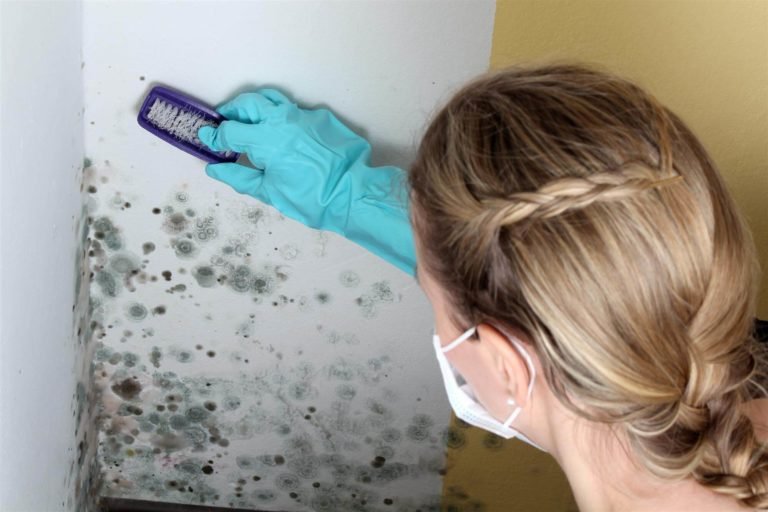In this two part blog series, Hague Water Systems of MD provides telltale signs your home could have a water leak and tips on how to find the source of the leak. In Part I of the two-part segment we discuss looking for leaks, and in Part II we discuss how to find the source of the leak.
Spotting a water leak in the plumbing within your home is sometimes difficult. At other times, it is easy to notice, such as a faucet that drips even though it is turned off or water dripping from the pipes underneath your sink. Finding a less obvious source of leaks requires doing some sleuthing work of your own to determine if there is a problem so that it can be fixed before the leak causes further damage to your home.
Looking for these 5 signs of water can help identify the source of your leak.
- Mold and mildew in non-sink, tub and shower areas. It is perfectly normal for mold and mildew to grow where it is damp, humid, and dark, like inside a shower, tub or a bathroom sink. If you notice mold and mildew in other areas, it could be an indication you have a leak within the walls of your home. Mold and mildew require moisture and humidity to grow. If left undetected, mold and mildew can quickly become a major problem on top of the water leak.
- Water staining on the ceiling and walls of the home. Over time, water stains can appear on the walls and ceilings of your home from a small water leak. Unlike major leaks, where the ceiling or wall can appear wet and break apart, small leaks absorb into the drywall and then dry. This leads to discoloration and staining, which is easy to notice if you have white or lightly colored walls and ceilings. For wallpapered walls, the wallpapering could bubble out in various areas, since the water will break the glue down that normally holds it in place. For darker colored walls and ceilings, look for changes in the tint of the finish.
- Soft areas on the floor, wall or ceiling. If the leak has been occurring for some time, the underlying wooden structures of your home can soften. If you apply pressure to the wall, floor or ceiling and notice that it feels squishy, you probably have a leak.
- The flooring, drywall or ceiling is cracking, peeling or sagging. In cases where the areas are getting wet and then drying out, wood rot can occur. Eventually, the weakened wood can break, resulting in peeled paint, unexpected cracks or sagging at the surface.
- A constant musty, stinky, old-water smell. Water that sits and pools will start to smell. If you notice an unfavorable smell in certain areas of the home that smells similar to something rotting, chances are there is pooled water somewhere hidden behind a wall, floor or ceiling, indicating a leak.
- We invite you to continue reading Part II for more details, or contact Hague Water of MD directly by calling (410) 757-2992 today.



